
You’re probably thinking about what is salicylate in the first place and why low salicylate foods are needed if one has salicylate sensitivity. The good news is that types of low salicylate foods are not hard to find in most grocery stores – you just need to know what you’re looking for.
To begin with, salicylates are bioactive compounds that are naturally found in food products. Its most popular derivative is acetylsalicylic acid which is frequently used in analgesic, antipyretic, and anti-inflammatory agents. It’s also found in many beauty products as well as household cleaners like shampoos, perfumes, lipsticks, mouthwashes, and sunscreen.
And while the health properties of acetylsalicylic acid and other salicylates are well-known, those found in food are often overlooked and underestimated. This may be of no harmful effect for a healthy individual, in fact, it can even have positive effects. But for those who have salicylate sensitivity, this can pose a problem.
People with salicylate sensitivity are not able to digest even a normal amount of salicylate without exhibiting adverse effects. The symptoms vary but usually include headaches, eczema, migraines, gastro-intestinal irritation, rhinitis, nasal polyps, and worsening asthma attacks.
Salicylate sensitivity is not an allergy but rather an intolerance. And unfortunately, there are no set skin or blood tests to diagnose this food intolerance. A process of dietary elimination and challenge testing is used in diagnosing salicylate sensitivity. This is of course done with the supervision of a doctor or a licensed dietician.
According to studies made, a personalized low salicylate diet may help in supporting salicylates hypersensitivity therapy. Including low salicylate foods in your diet to replace those that have high salicylate content can help in alleviating the symptoms.
Again, any changes in diet should be approved by your doctor first. Since there are a lot of foods, including vegetables and fruits, that contain salicylates, you may end up having an unbalanced diet if you’re too quick to eliminate every one of them.
To give you ideas on what a low salicylate diet will look like, here is a list of low salicylate foods with either negligible or low salicylate content (0.1-0.25mg).
Types Of Low Salicylate Foods (With Pictures!)
Cabbage
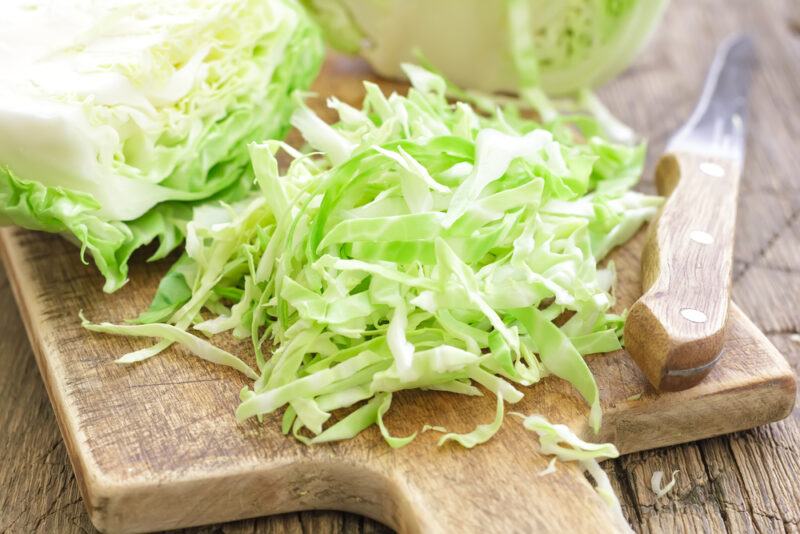
Cabbage, particularly the green or white ones, has negligible salicylate content. The red variety contains slightly higher salicylate but would still be considered low. This cruciferous vegetable is actually considered Russia’s national food.
It’s a good source of vitamin C, fiber, folate, potassium, vitamin A, magnesium, and vitamin K. It also contains antioxidants like choline, beta carotene, lutein, and zeaxanthin.
Bamboo shoots
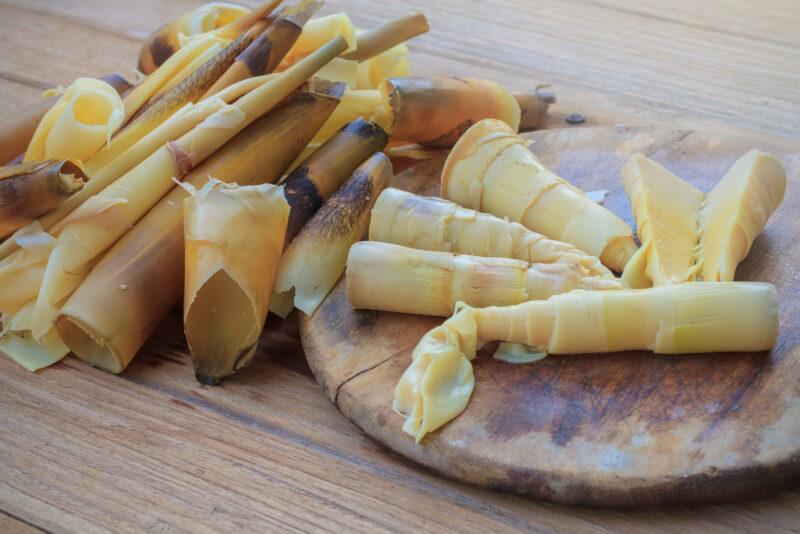
Bamboo shoots are one of the Japanese vegetables that are quite popular in Asian cuisine. They are also sometimes called bamboo sprouts. It’s the edible shoots of many bamboo species.
They’re rich in protein, carbohydrates, minerals, and fiber. They also contain phytosterols and are considered low in fat and sugars.
Bean sprouts
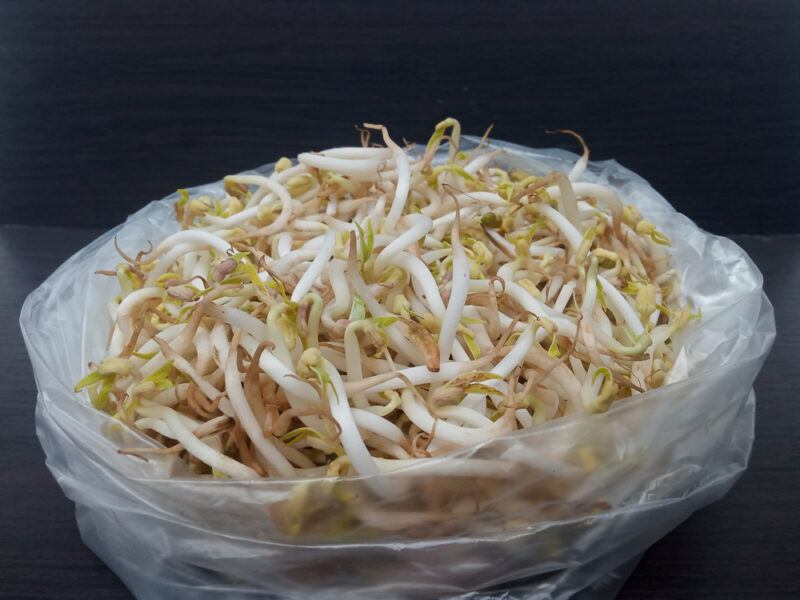
Bean sprouts or mung bean sprouts contain negligible salicylate content. They’re grown by sprouting mung beans. It’s important that unless it’s labeled ‘ready to eat’ you should cook it thoroughly.
These sprouts are particularly rich in vitamin C, in fact, they can provide you with 23% of the recommended daily dose. Bean sprouts also contain calcium, iron, fiber, and other antioxidants.
Asparagus
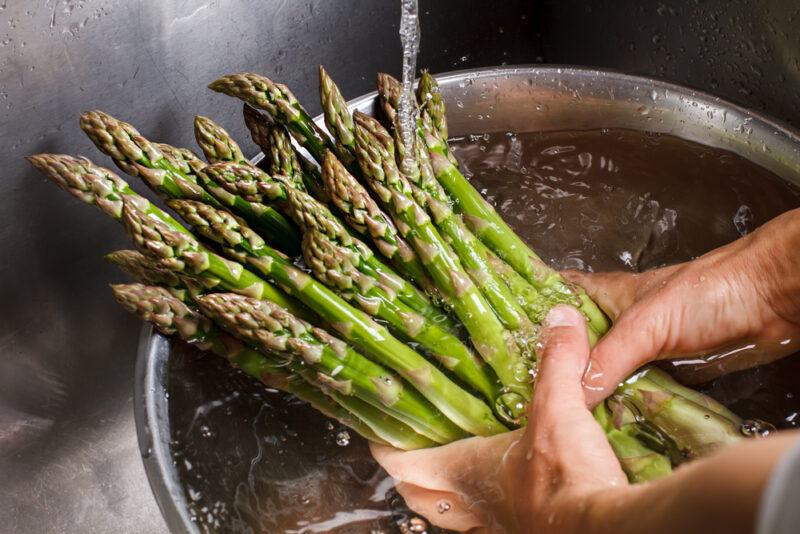
This succulent and savory vegetable was a renowned aphrodisiac during Ancient times. Probably because it contains a stimulating blend of nutrients that boosts energy, cleans the urinary tract, and neutralizes excess ammonia.
Asparagus is particularly high in anti-inflammatory nutrients. It also contains vitamin C, beta carotene, vitamin E, zinc, manganese, and selenium.
Green beans
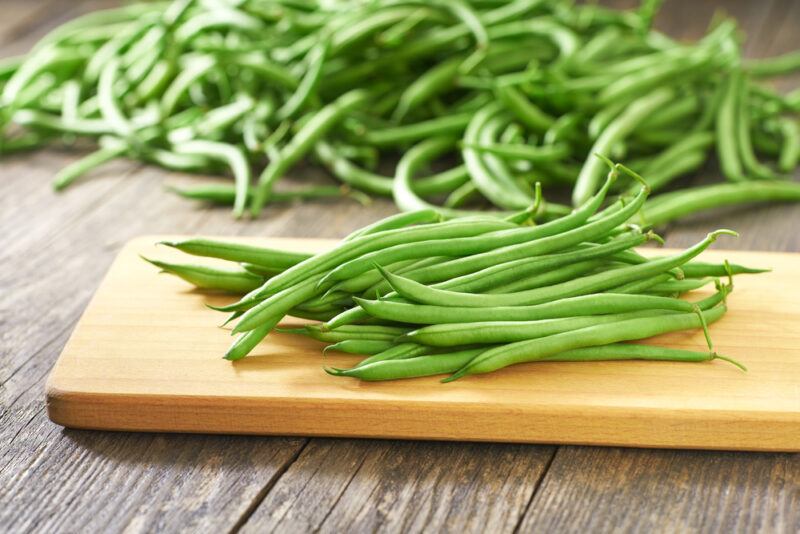
Green beans are a staple in most households and not surprisingly so because it’s not just nutritious and delicious, it’s also readily available and easy to prepare.
Green beans are particularly high in vitamin K. It also contains vitamin C, vitamin A, folate, thiamine, niacin, calcium, iron, magnesium, phosphorus, zinc, and potassium.
Bananas
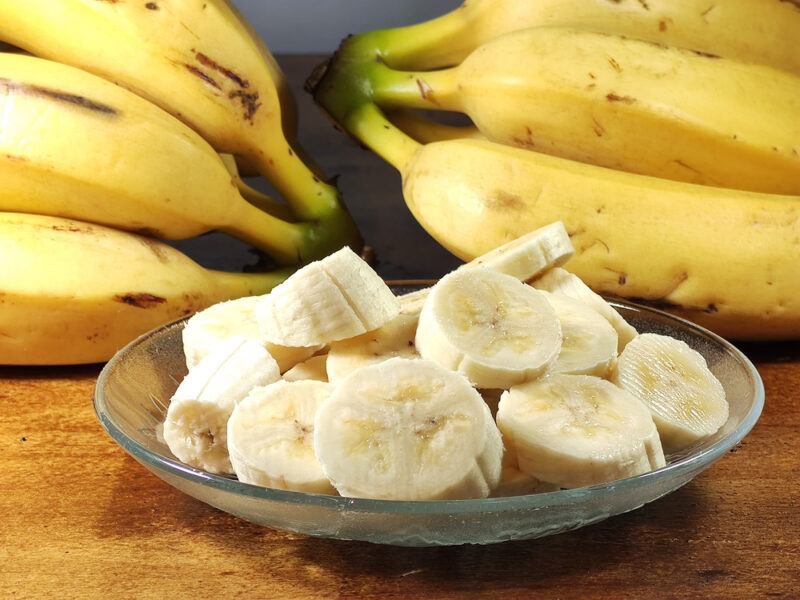
Banana’s salicylate content is negligible so it’s definitely safe to eat in a low salicylate diet. And it doesn’t hurt that it’s not just delicious and convenient to eat, it’s also inexpensive as well.
Bananas are known for their potassium content but it’s also rich in vitamin C, copper, and fiber. It also contains magnesium, riboflavin, folate, and niacin.
Figs
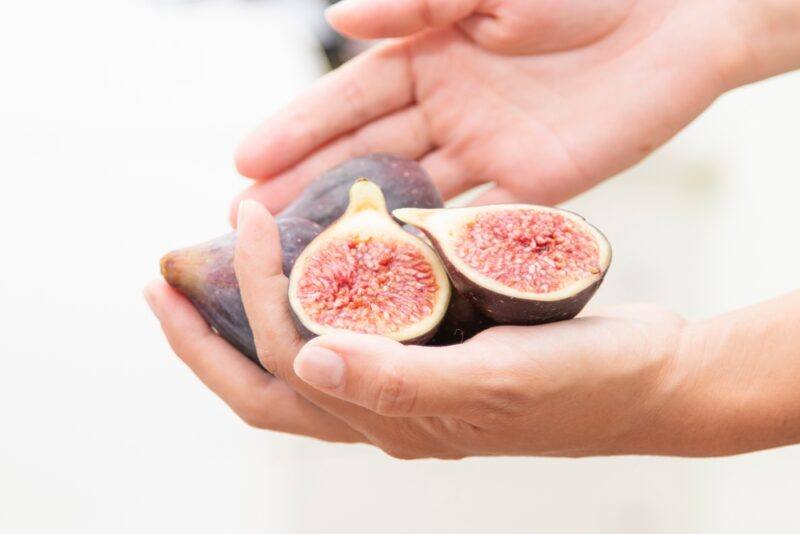
Figs are the fruit of a tree that belongs to the mulberry family, the ficus tree. It has a sweet taste with a soft and chewy texture. It is native to the Mediterranean region and Western Asia.
Aside from its antioxidants content, figs are also a good source of fiber, vitamin B6, and copper. It also contains small amounts of potassium, riboflavin, thiamine, magnesium, and vitamin K.
Mangoes
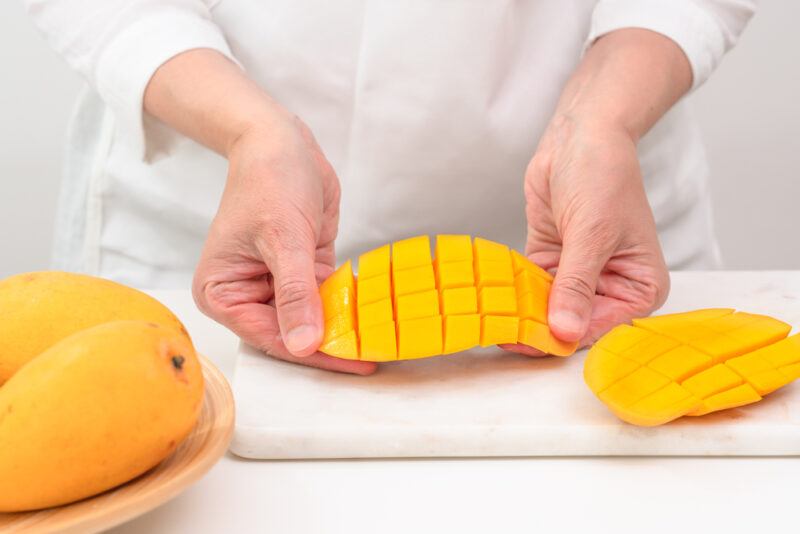
Mangoes are one of the tropical fruits that are favored for their sweet and bright flavor. There are numerous varieties of mango just like apples and plums. And for mango trivia, it’s the national fruit of three countries – India, Pakistan, and the Philippines.
Mangoes are an excellent source of vitamin C and a good source of vitamin A and fiber. It also contains potassium and small amounts of vitamin K.
Persimmon

Persimmon is one of the oldest cultivated plants in the world and is known not just as a source of food but medicine as well. There are two types of Persimmons, the Asian and the American.
Persimmon is a good source of vitamin A, vitamin C, and manganese. It’s also high in soluble dietary fiber that helps in slowing down the digestion of carbohydrates which prevents blood sugar spikes.
Pears
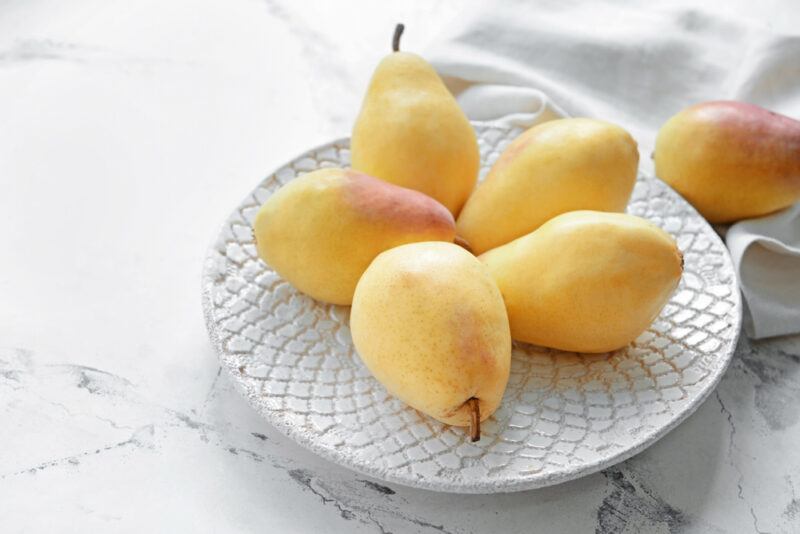
Pear is another fruit with negligible salicylate content. It has an extensive history reaching back to about 1000 BC. It has over 3000 varieties grown all over the world with the United States being one of its largest producers.
It’s rich in folate, vitamin C, potassium, and copper. Pears are also a good source of antioxidants particularly polyphenols.
Hazelnuts
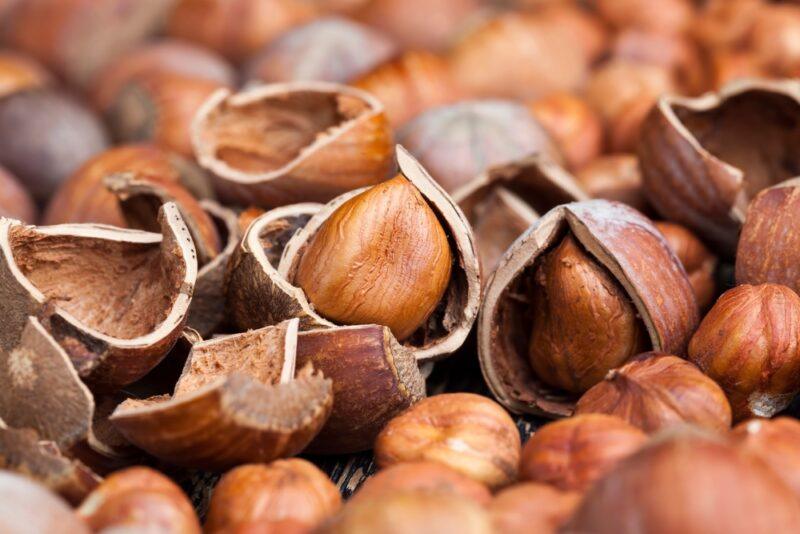
Hazelnuts, sometimes called filberts or filbert nuts, have a sweet and mild taste that although known for its use in desserts are actually quite a versatile ingredient in other dishes as well.
Aside from its healthy fats content, it’s also rich in vitamin E, vitamin A, dietary fiber, and antioxidants that protect the body from oxidative stress.
Cashews
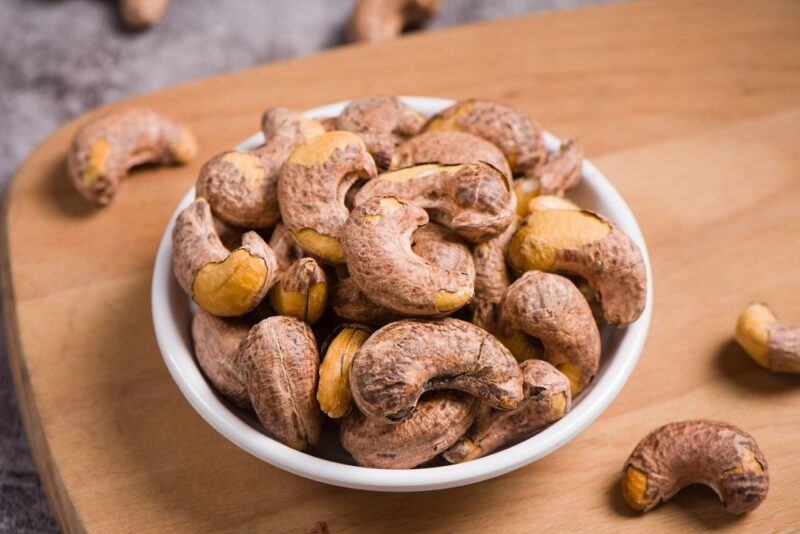
Cashew is just one of the few nuts with negligible salicylate content. And it’s great to have in a low salicylate diet because its monounsaturated and polyunsaturated fatty acids content can help in decreasing LDL cholesterol and triglyceride levels.
Aside from its heart-healthy fats content, it’s also rich in fiber and plant protein. Cashew is also a good source of copper, manganese, and magnesium.
Pecans
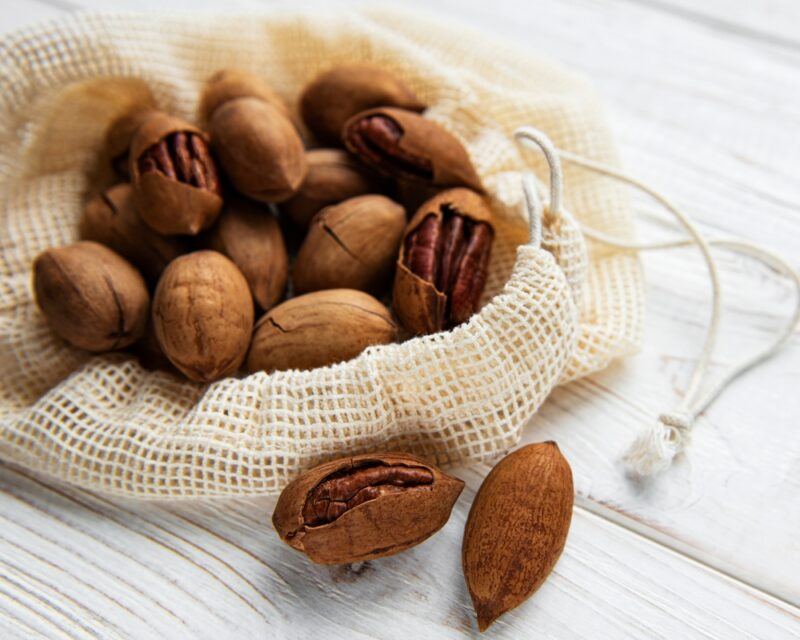
Pecans actually ranks among the top 15 foods with the highest levels of antioxidants. And just like cashews, it also contains monounsaturated fats with phenolic antioxidants that help in reducing the risk of heart disease.
Pecans also contain fiber, thiamine, riboflavin, niacin, pantothenic acid, vitamin B6, folate, copper, and zinc. It’s also known for its anti-inflammatory properties.
Sunflower seeds
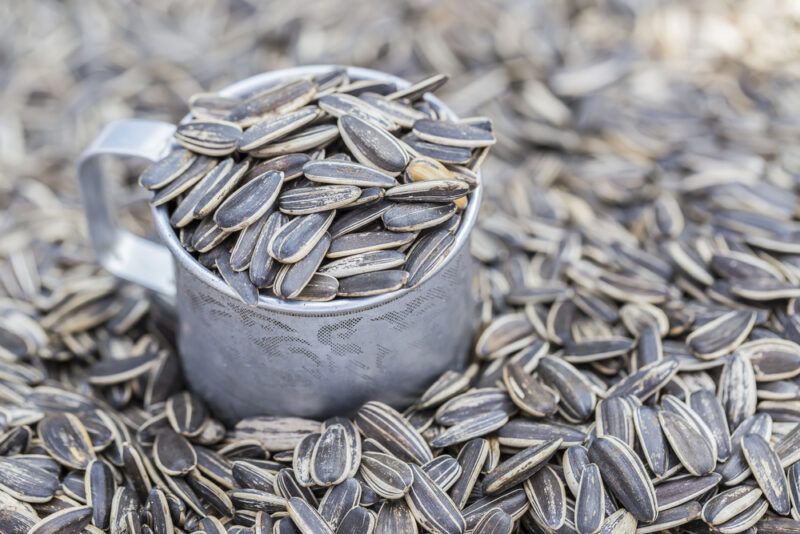
Sunflower seeds, harvested from the plant’s large flower heads, have a mild and nutty flavor with a firm but tender texture. They’re often roasted to enhance their flavor.
Sunflower seeds are particularly high in vitamin E, selenium, and manganese. It also contains copper, pantothenic acid, folate, vitamin B6, niacin, zinc, magnesium, and iron. Sunflower also contains beneficial plant compounds like phenolic acids and flavonoids.
Garlic
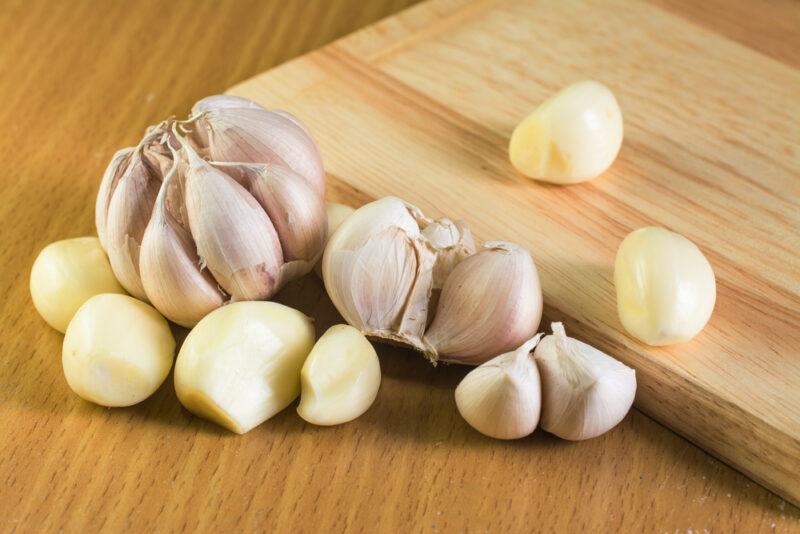
Garlic contains negligible salicylate content so you can keep using garlic to flavor up your food even on a low salicylate diet.
Garlic is particularly known for its Allicin content which is credited for its beneficial properties. It also contains phosphorus, zinc, magnesium, potassium, vitamin C, vitamin K, folate, niacin, and thiamin.
Chives
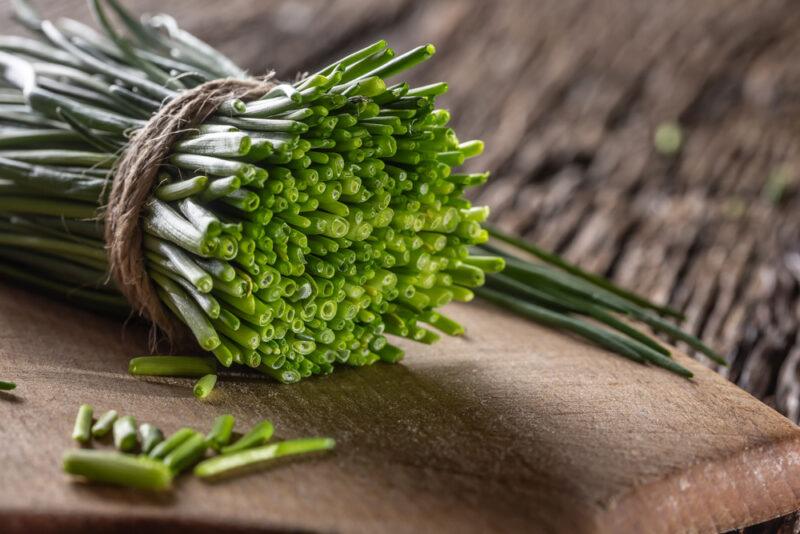
Chives have long, very skinny, tender, and solid green stems. This is to differentiate it from green onions which have thicker, and green and white stems. Chives are also quite delicate and are best eaten raw or just briefly cooked.
Chives are rich in vitamin C, riboflavin, potassium, vitamin A, iron, thiamine, beta carotene, and dietary fiber. It’s also particularly rich in flavonoid antioxidants.
Vinegar
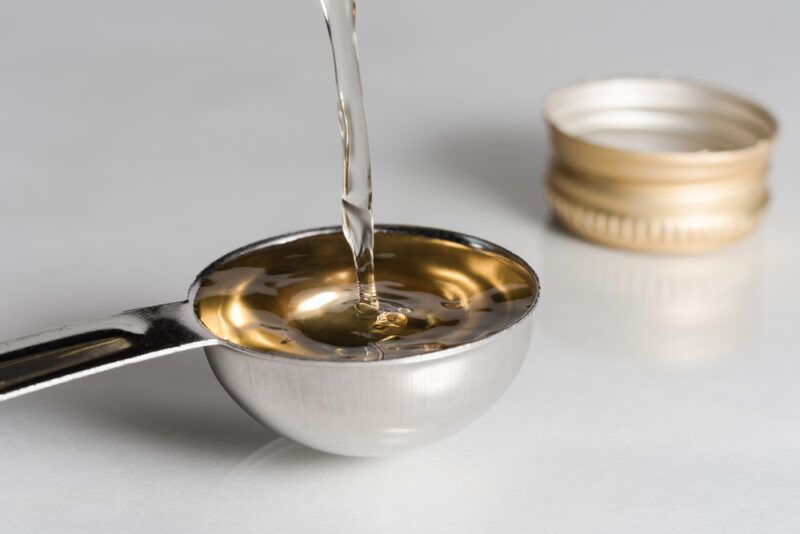
Vinegar is also safe to use to flavor up your food because it’s low in salicylate content. It’s great for infusing a tart taste and for balancing flavors in dishes, particularly rich-tasting ones. Aside from its flavor, it also has a tenderizing effect on the meat.
Vinegar is rich in bioactive compounds, B vitamins, and vitamin C. It’s also an excellent source of potassium, magnesium, calcium, and phosphorus.
Soy sauce
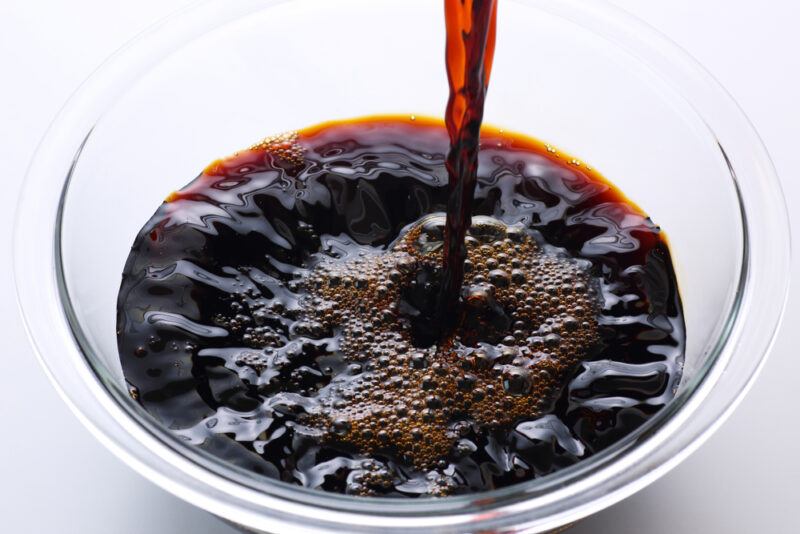
Soy sauce is another condiment that is safe to use in flavoring up food even when you’re on a low salicylate diet. It’s known for its strong umami flavor. Traditionally, it’s made from fermented soybeans, roasted grain, brine, and Aspergillus sojae molds.
Soy sauce should be used in moderation because it’s high in sodium content. However, particularly dark soy sauce does contain strong antioxidants.
Vanilla
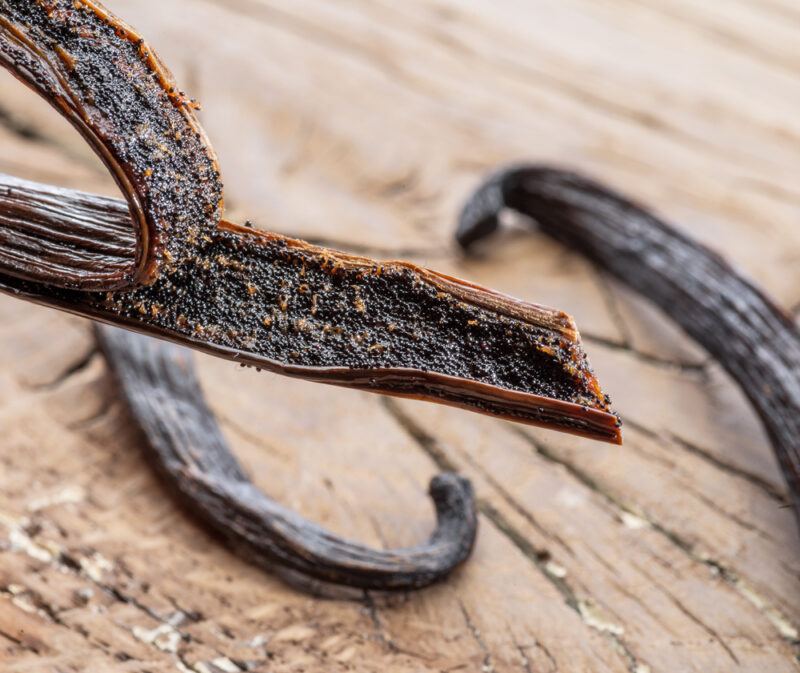
Vanilla is a spice with low salicylate content. It’s derived from the only fruit-bearing member of the orchid family. It’s the second most expensive spice in the world after saffron.
This is mainly because it can only be found in specific parts of the world. Add to that the fact that it can only be pollinated in a very particular way by hand or by certain animal and insect species.
Milk
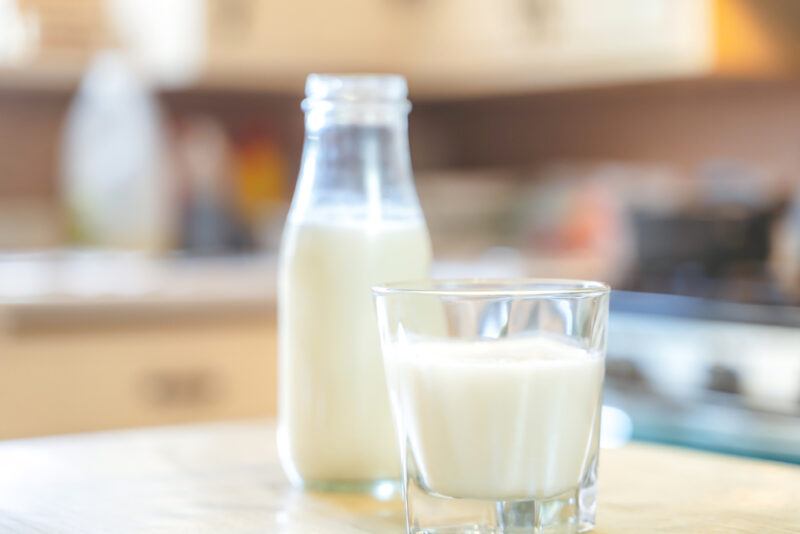
You can keep enjoying this nutrient-rich drink because any kind of milk is actually free of salicylates.
Milk is known for its calcium content. It also contains riboflavin, vitamin D, phosphorus, vitamin B12, selenium, and potassium.
Cocoa powder
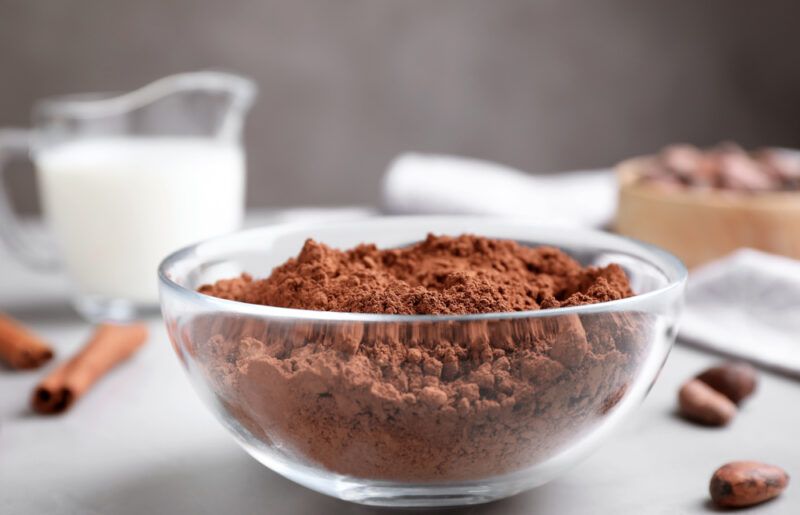
Cocoa powder has negligible salicylate content so it’s also in the clear. You can keep using it in flavoring up your drinks, biscuits, ice cream, cakes, and even your smoothies.
Cocoa powder is particularly rich in polyphenols and flavanols which help in reducing inflammation, improving cholesterol levels, lowering blood pressure, and improving blood vessel function.
Chamomile tea
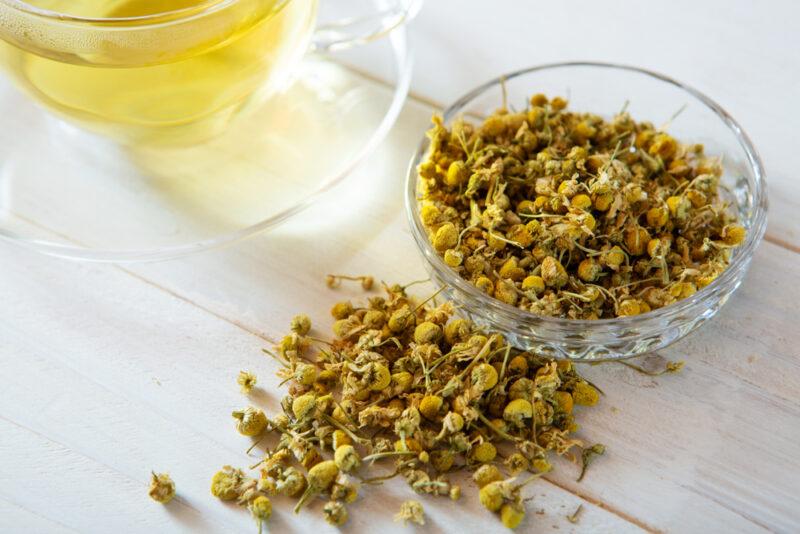
If you really love tea, you can opt for chamomile tea when on a low salicylate diet. Teas like black and green teas are high in salicylates. Although chamomile tea is not a ‘true’ tea, it still has that silky mouthfeel with a clean and delicate floral herbal tea taste.
It’s rich in flavonoids with antioxidant properties that will benefit cholesterol and blood pressure management. It also contains chemical compounds that may reduce inflammation.
Vodka
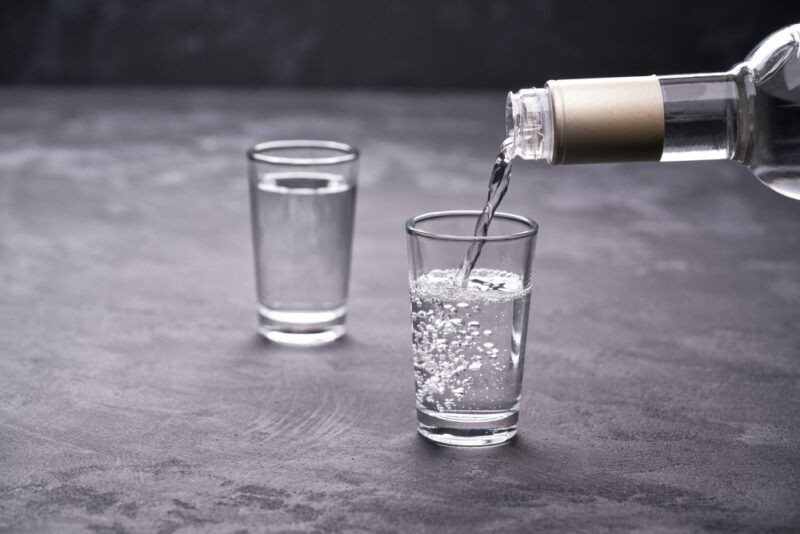
Vodka is low in salicylate content and when consumed in moderation it can actually provide you with health benefits. These fairly tasteless and neutral spirits are mainly derived from grain fermentation and distillation. Other raw materials can be used as well like potatoes, grapes, sugarbeet, grapes, or cassava.
It’s considered a disinfectant, anti-toxin, and antiseptic alcoholic drink with almost zero fat.
Maple syrup
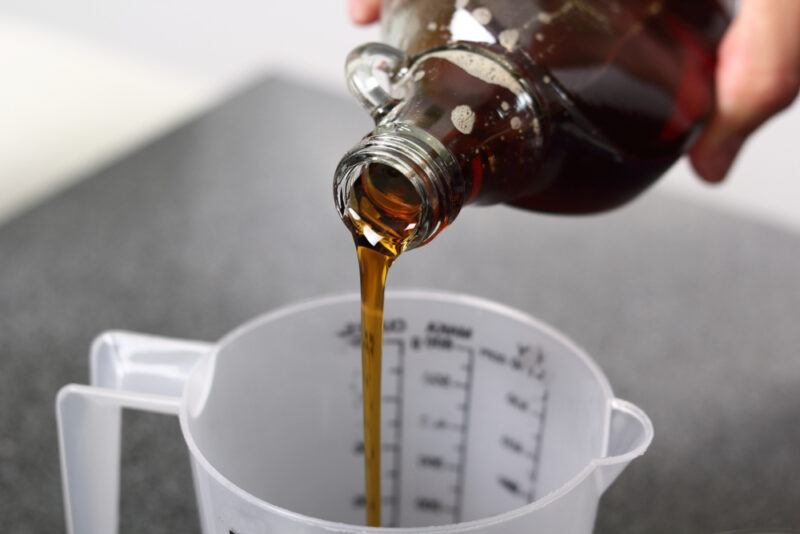
Maple syrup is also in the clear because it has negligible salicylate content. It’s usually made from the xylem sap of sugar maple, black maple, or red maple.
Maple syrup actually has the same calcium content as whole milk. It also contains potassium, manganese, magnesium, iron, and phosphorus.
Brown sugar
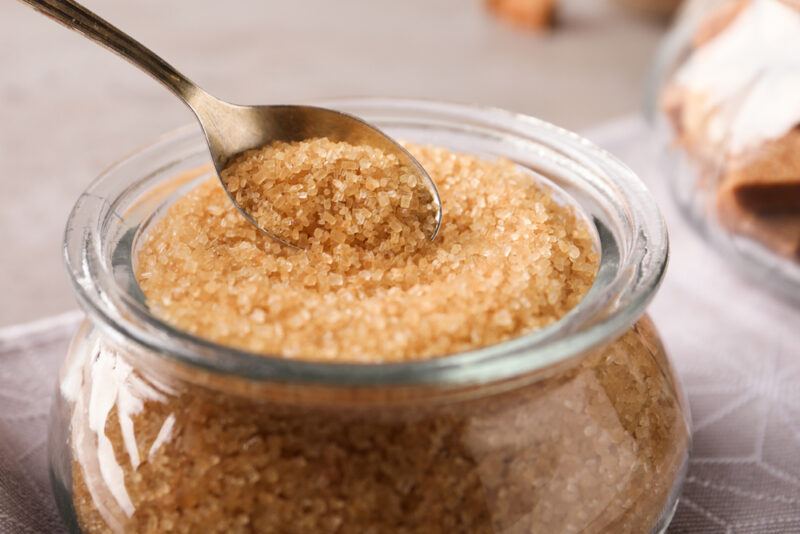
Brown sugar is a sucrose sugar product with molasses which gives it its brown color. It’s usually used in baking to add color and flavor but can also be used in cooking as well like when making marinades.
Brown sugar contains much lower calories compared to white sugar. It also contains calcium, potassium, copper, zinc, phosphorus, and vitamin B6.
Tips for Managing Salicylate Sensitivity
There is no reliable test for identifying salicylate sensitivity which makes diagnosis quite tricky. Add the fact that it is sometimes misdiagnosed because of its symptoms that is very common to other conditions.
That said, if you’re living a relatively healthy lifestyle and still experiencing the symptoms mentioned above, perhaps you may have salicylate sensitivity. It’s always best to seek your doctor’s advice for proper diagnosis and for any lifestyle changes needed. But here are some tips that can also help you in managing salicylate sensitivity.
Journaling your food intake
Take the time to make a food journal, especially foods with salicylates. This helps you pinpoint which foods are triggering your symptoms and which ones you can actually tolerate.
Make low-salicylate food alternatives available
You have to make sure that low salicylate foods are actually available to put your meal plans into practice. Stirring clear (and cleaning your pantry) of high salicylate foods should be coupled with making the alternatives a part of your diet (do replenish your pantry!) to ensure you’re not missing key nutrients to stay healthy.
Improve your digestive and detox capabilities
Salicylates inhibit the digestive enzymes and also block absorption and detoxification. This is why it’s important to improve your digestive and detox capabilities by enriching your diet with foods that aid digestion.




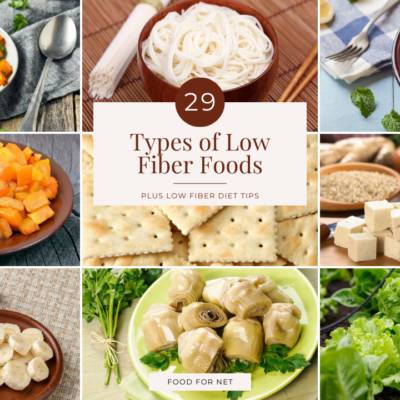


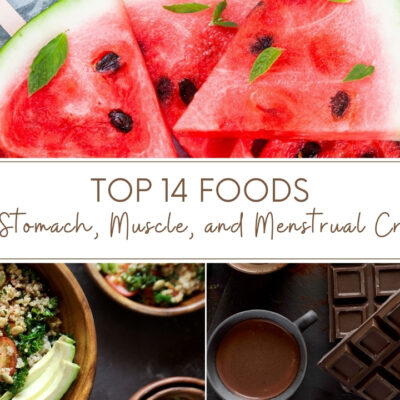
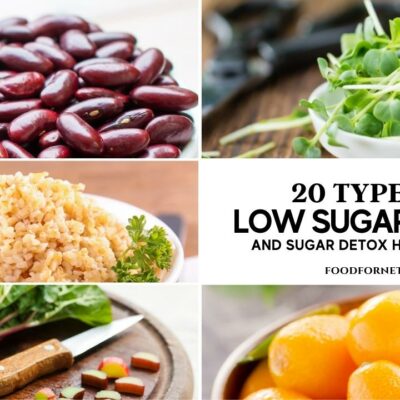

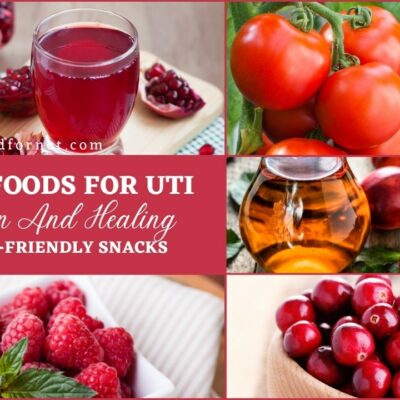

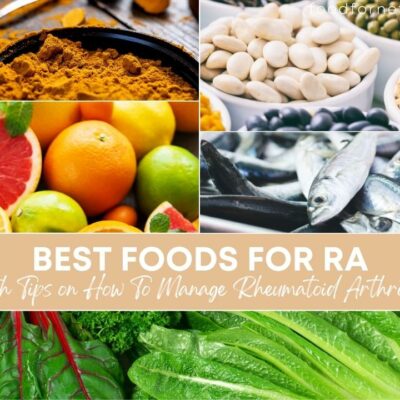
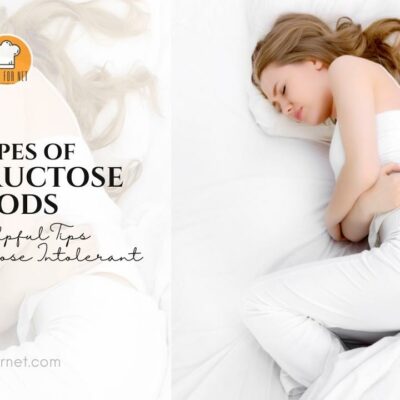
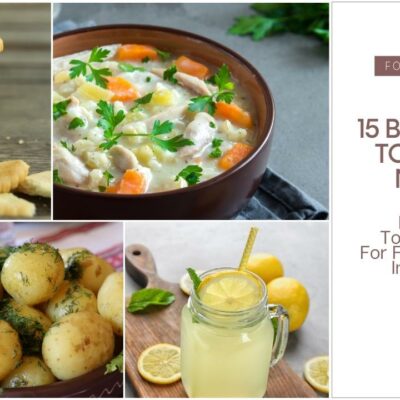
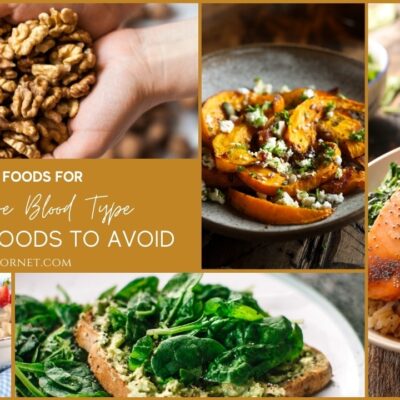

 5 Best Plant-Based Taco Brands
5 Best Plant-Based Taco Brands
Leave a Reply